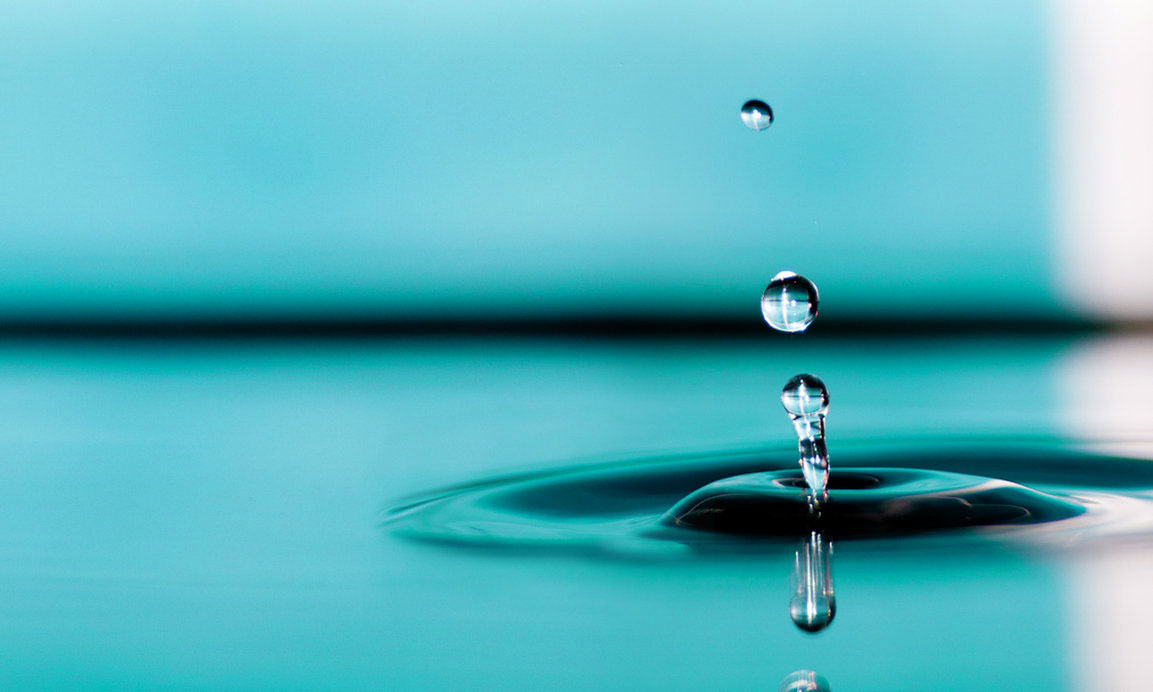Passing paper web through a stack of calender rolls. The main object of calendering is to impart the desired finish to paper.
Machine Calendering: Paper passes through one or more nips formed by a set of iron rolls.
Super-Calendering: Paper passes through one or more nips formed by steel roll and a fiber roll made of compressed fibrous material.
Gloss Calendering: Paper passes through one or more nips formed by soft roll (e.g. rubber covered) and highly smooth mirror like finish steel roll at high temperature.
Matt Calendering: Any calendering technique used to produce a smooth surface without a considerable increase in gloss.
Friction Calendering: The calendering is achieved by speed differential between rolls. The paper passes through one nip (2 steel rolls) or 2 nips (2 steel rolls separated by a fiber roll) in which rolls are driven independently and speed variation may be from 10 to 30%.
Brush Calendering: The paper is pressed against a cylindrical brush by a backing roll or by web tension. The circumferential speed of the brush is several times higher than the web speed.
Papergrease
Your ideal partner
